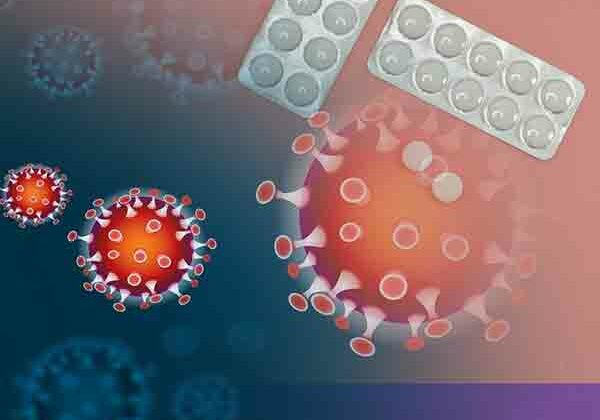New Study Sheds Light on the Role of Wnt/β-Catenin Signaling in Abdominal Aortic Aneurysm
Abdominal aortic aneurysm (AAA), a common degenerative vascular disease, particularly afflicts men over the age of 60, with up to 8% affected. Characterized by the abnormal dilation of the abdominal aorta, AAA risks a potentially fatal rupture. Despite increasing research efforts, effective pharmaceutical strategies to curb aneurysm growth remain elusive.
In a study published in the journal of Genes & Diseases, researchers from Sant Pau Hospital Research Institute and Biomedical Research Institute Sant Pau scrutinized the Wnt signaling pathway’s deregulation in human abdominal aortic aneurysm (AAA). This investigation revealed marked increases in WNT2 mRNA levels and moderate increments in WNT5A and WNT5B levels in aneurysmal samples as compared to healthy aortas. Further, a considerably higher presence of active β-catenin, the transcriptionally active form, was detected primarily in the inflammatory infiltrate of aneurysmal lesions, suggesting Wnt/β-catenin pathway activation in human AAA. Interestingly, the identified deregulation in Wnt signaling strikingly mirrored the scenario observed in aneurysmal aortas from AngII-infused ApoE−/− mice, a well-established AAA model. Based on these insights, the team hypothesized that the Wnt pathway might be a promising therapeutic target for AAA. Trials were carried out employing LGK974, a potent and specific porcupine inhibitor, and PRI-724, a selective inhibitor of β-catenin/CBP interaction, in AngII-infused ApoE−/− mice. While LGK974 was effective in reducing the vascular expression of the Wnt/β-catenin/TCF signaling target gene Axin2, it did not significantly curtail the progressive enlargement of the aortic diameter induced by AngII. Similarly, although PRI-724 modestly delayed the AngII-induced aortic diameter enlargement, the effect lacked statistical significance. In conclusion, the study underscores the significant role of the Wnt/β-catenin pathway in human and experimental AAA, but the therapeutic interventions tested, LGK974 and PRI-724, showed limited efficacy, with the exception of a minor reduction in aneurysm severity attributed to PRI-724.
The study underlines the multifaceted nature of AAA and the pressing need for efficacious treatments, signaling the potential for innovative avenues of intervention. This could potentially pave the way for groundbreaking therapeutic strategies to manage AAA. The researchers maintain that while the specific Wnt inhibitors tested may not have yielded significant benefits, the quest for alternative targets within this pathway could bear promising results for the future treatment of AAA.
References
Funding information
Instituto de Salud Carlos III (ISCIII) (PI21/01048, PI20/01649), the European Regional Development Fund (ERDF-FEDER, a way to build Europe), Ministerio de Ciencia e Innovación (RTI2018-094727-B-100), AGAUR (2017-SGR-00333, 2017-SGR-1807) Consejo Superior de Investigaciones Científicas (2021AEP073). L. P. is supported by a PFIS contract (ISCIII), C.B–S by a FPU fellowship,A.R.-S. and M.G. were funded by the Miguel Servet Program.
About Genes & Diseases
Genes & Diseases is a journal for molecular and translational medicine. The journal primarily focuses on publishing investigations on the molecular bases and experimental therapeutics of human diseases. Publication formats include full length research article, review article, short communication, correspondence, perspectives, commentary, views on news, and research watch.
Full bibliographic information
Published on 29/08/2023 by TranSpread
Paper title: Activation of Wnt/β-catenin signaling in abdominal aortic aneurysm: A potential therapeutic opportunity?
DOI: https://doi.org/10.1016/j.gendis.2022.05.017





